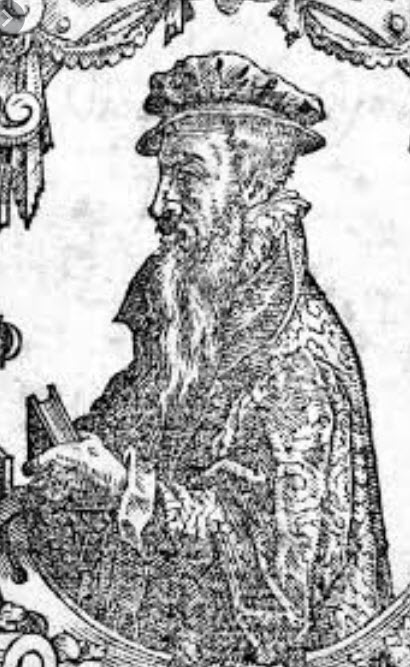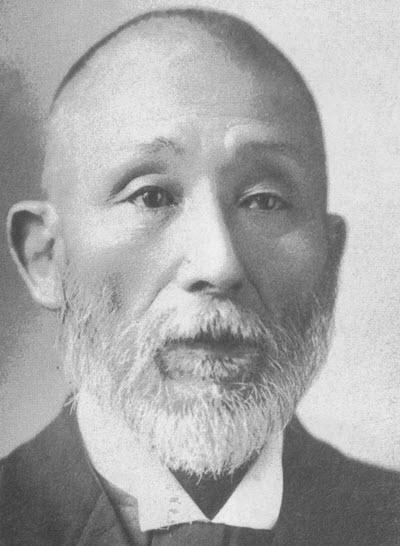Contents
Engelbert Kämpfer
The name Ginkgo is derived from a transcription of the Japanese name gin kyo. In Japanese, the name means silver apricot, and it was borrowed into Japanese from Chinese herbalism literature. The Chinese sign is 銀杏.
It was the German naturalist and explorer Engelbert Kämpfer (1651-1716) who introduced the name ginkgo to European readers in his book “Amoenitatum exoticarum”, published in 1712. It is possible that the spelling ginkgo was a misstake. If he had spelled it ginkio or ginkjo it would have been more close to how it is pronounced in Japanese.
When Carl Linneus wrote his highly influential book “Mantissa plantarum II” he used Kämpfer´s spelling of the name.
Engelbert Kämpfer´s time in Japan
In the late 1680´s, Kämpfer – who had a medical education – was working as a surgeon for the Dutch East India Company. In May 1690, Kämpfer left the island of Java and headed for Japan (via Siam) as he planned to work as a physician for the Dutch East India Company´s trading post in Nagasaki. Back then, Nagasaki was the only port in Japan that accepted Dutch ships.
Kämpfer arrived to Nagasaki in September 1690 and stayed in Japan for two years. During this time, he carried out extensive studies on local plants. In February 1691, he encountered Ginkgo biloba while visting Buddhist monks in Nagasaki. This is how he became the first European scholar to describe this species of tree.
The old Ginkgo biloba tree in the Netherlands
When Kämpfer returned to Europe after his long stay in Asia, he brought Ginkgo biloba seeds with him. Some were planted in the botanical garden in Utrecht where they grew into trees, and these trees have survived into the 21st century.
Hirase Sakugoro
 Ginkgo biloba reproduces sexually. Some trees are male and others are female. The sperm is motile, which makes this species similar to ferns and mosses. The sperm, which is 70-90 micrometres in size, was first discovered by the Japanese botanist Hirase Sakugoro in the 1890s.
Ginkgo biloba reproduces sexually. Some trees are male and others are female. The sperm is motile, which makes this species similar to ferns and mosses. The sperm, which is 70-90 micrometres in size, was first discovered by the Japanese botanist Hirase Sakugoro in the 1890s.
Hirase Sakugoro (1856-1925) was born into a samurai family in Fukui. He discovered the spermatozoids of the Ginkgo biloba in January 1894, which means that these spermatozoids were discovered before Seiichiro Ikeno discovered the spermatozoids of the cycad.
In 1912, Sakugoro was awarded the Imperial Prize of the Japan Academy.
More information
Here is a list for those of you who want to read some of Hirase Sakugoro´s writings regarding ginkgo biloba:
- 1894a. Fecundation period of Ginkgo biloba. (in Japanese) Bot. Mag., Tokyo 8: 7-9.
- 1894b. Notes on the attraction-spheres in the pollen-cells of Ginkgo biloba. (in Japanese) Bot. Mag., Tokyo 8: 359-60; 361 -364.
- 1895a. Etudes sur le Ginkgo biloba (note pröliminaire). Bot. Mag.,Tokyo 9: 239-240.
- 1895b. Etudes sur la föcondation et l´embryogönie du Ginkge biloba (1). J. Coll Sci. imp. Univ. Tokyo 8: 307-3 22.
- 1896a. Spermatozoid of Ginkgo biloba. (in Japanese) Bot. Mag., Tokyo 10:171.
- 1896b. On the spermatozoid of Ginkgo. (in Japanese) . Bot. Mag., Tokyo 10: 325-328.
- 1897. Untersuchungen über das Verhalten des Pollens von Ginkgo biloba. Bot. Zbl. 49: 33-35.
- 1898. Etudes sur la fécondation et l´embryogénie du Ginkgo biloba (second mémoire). J. Coll. Sei. imp. Univ. Tokyo 12: 103-149.
